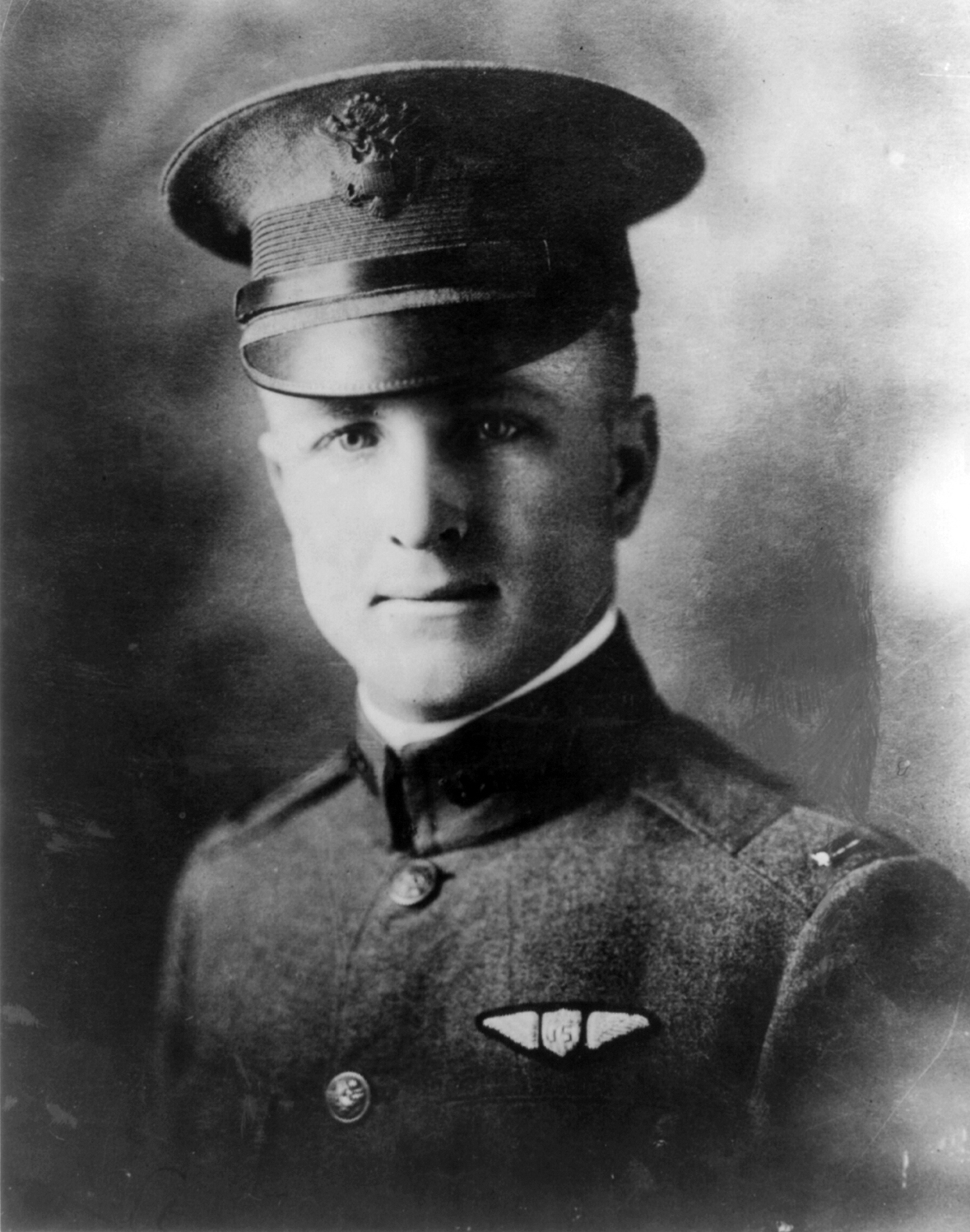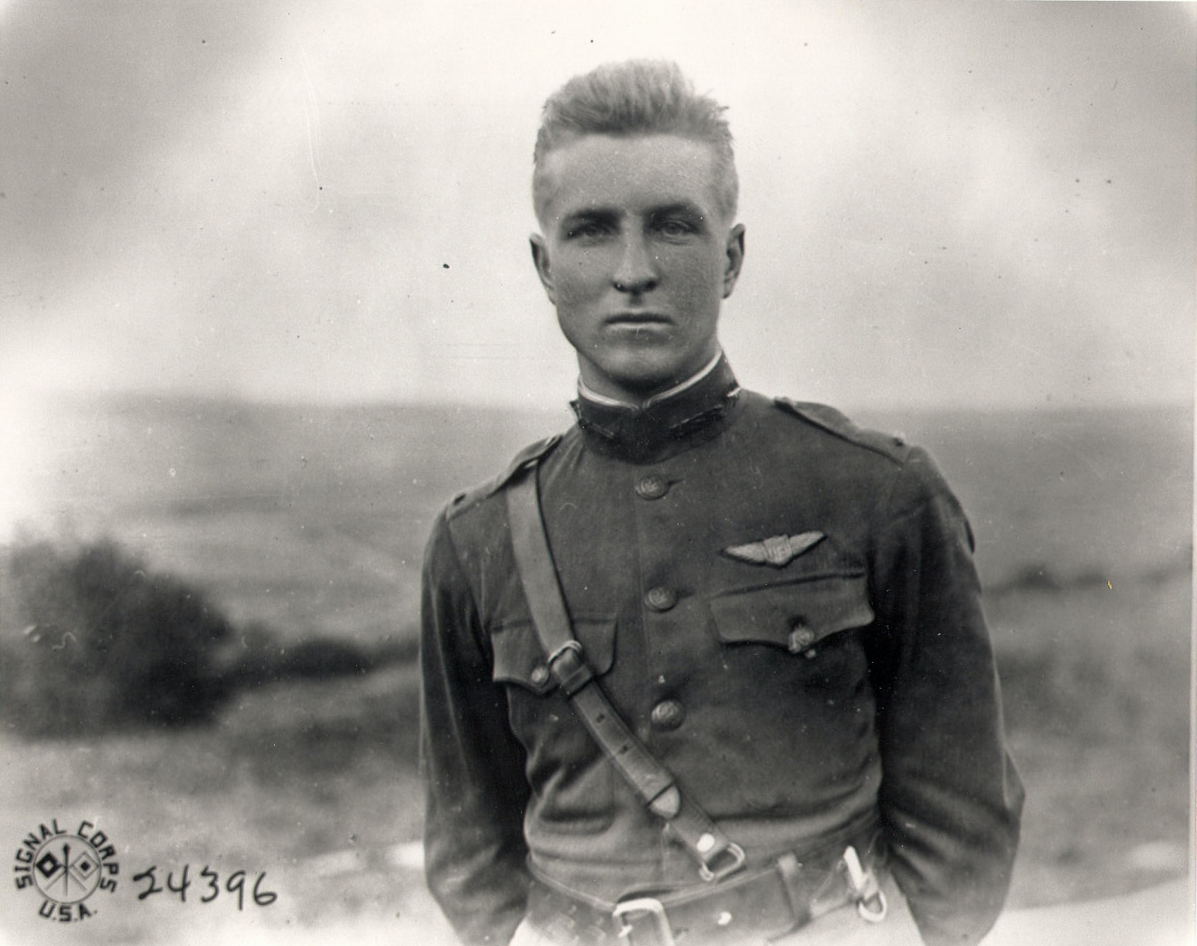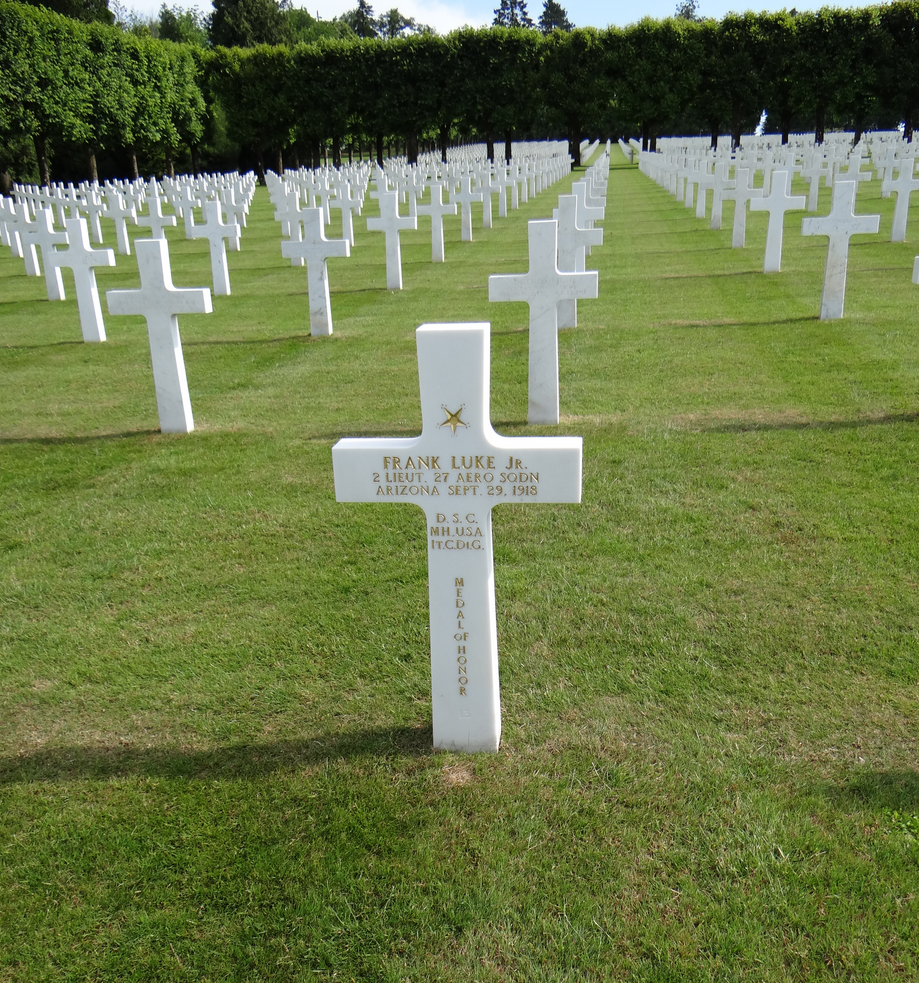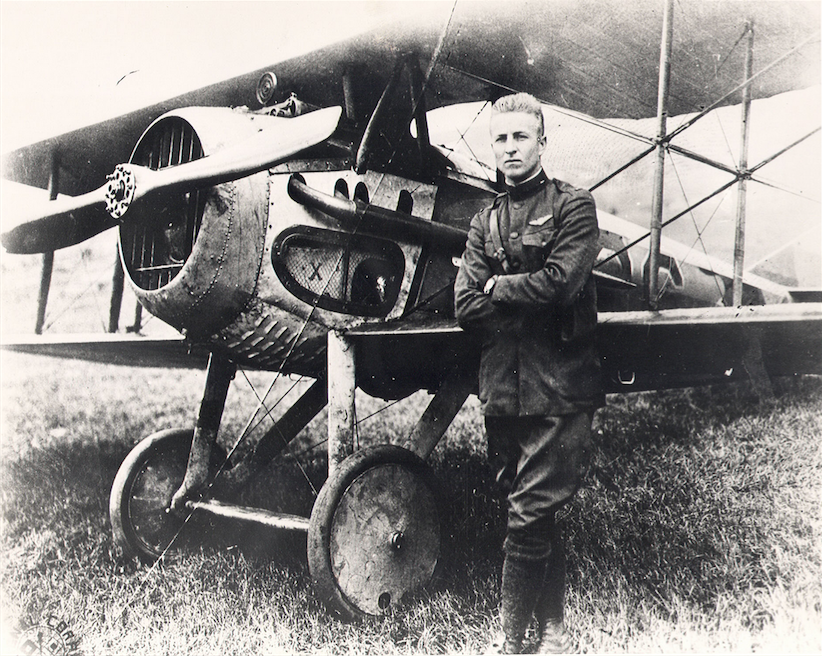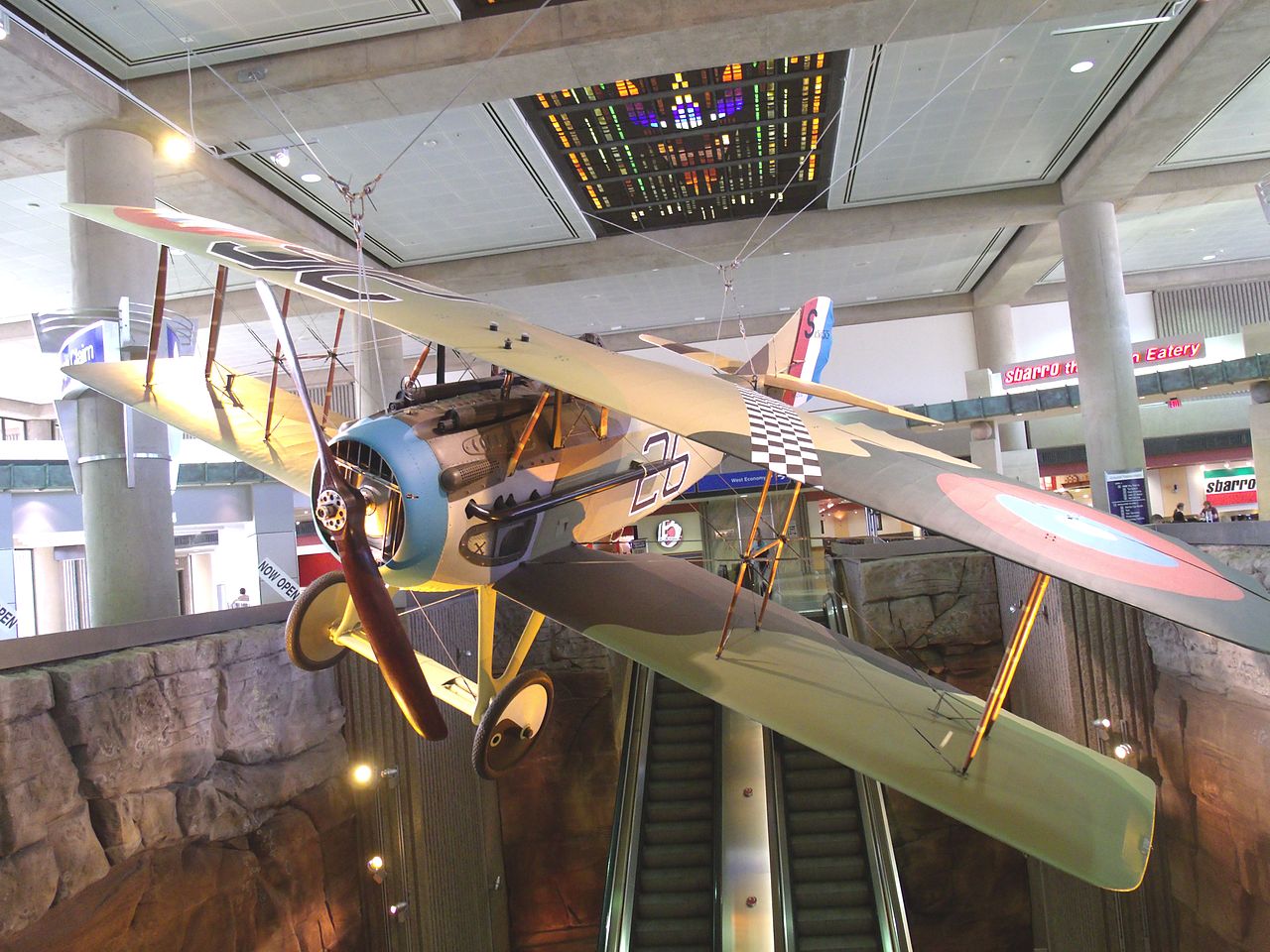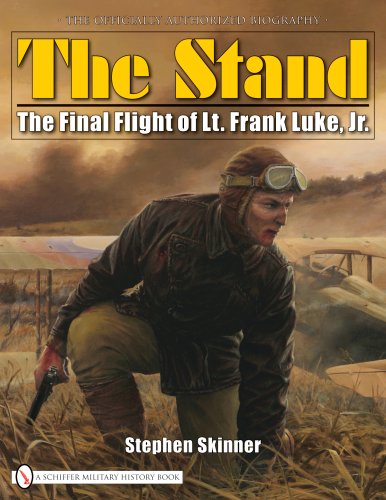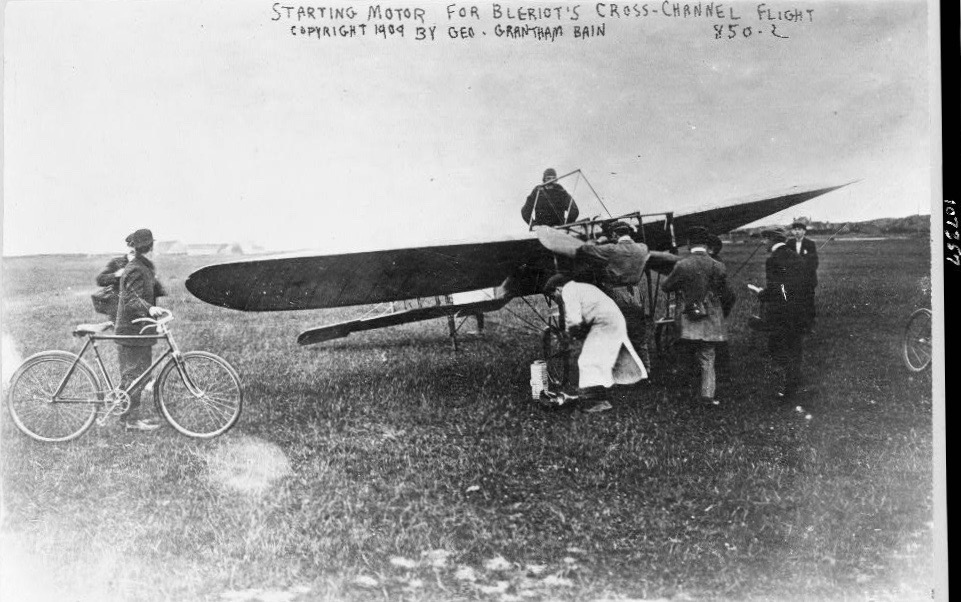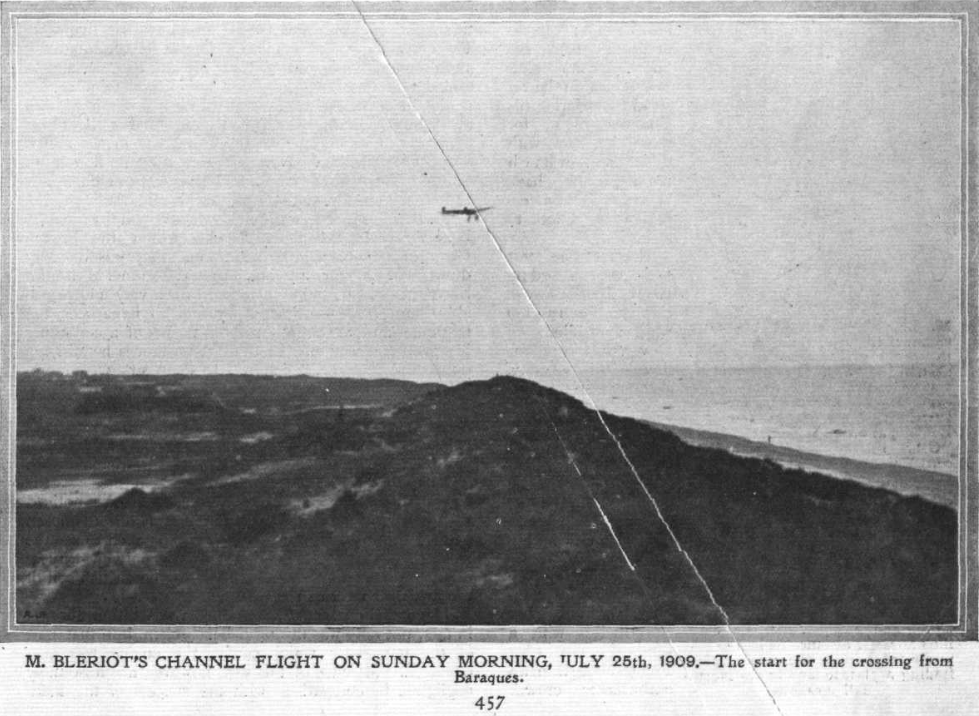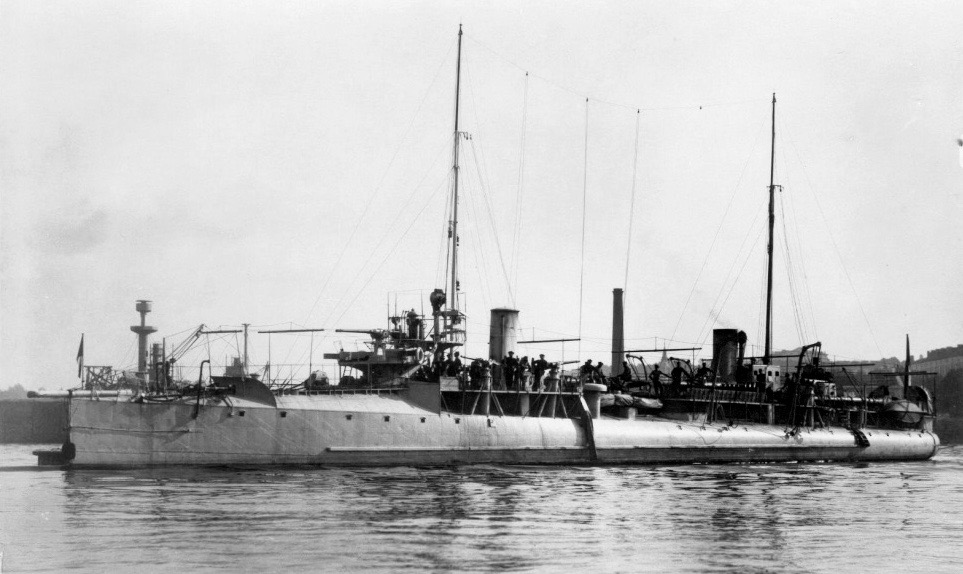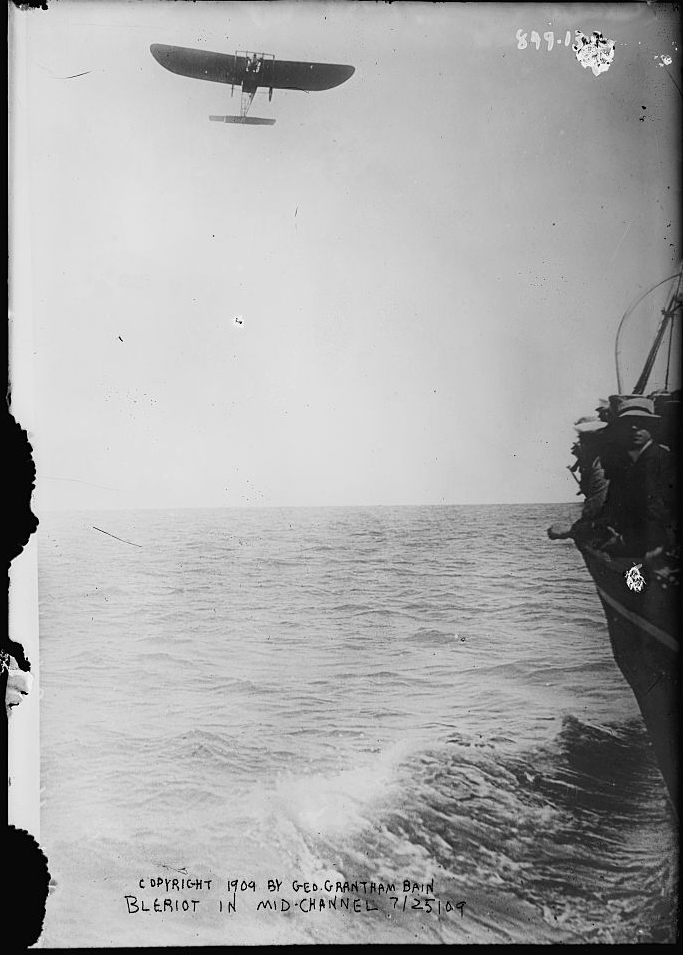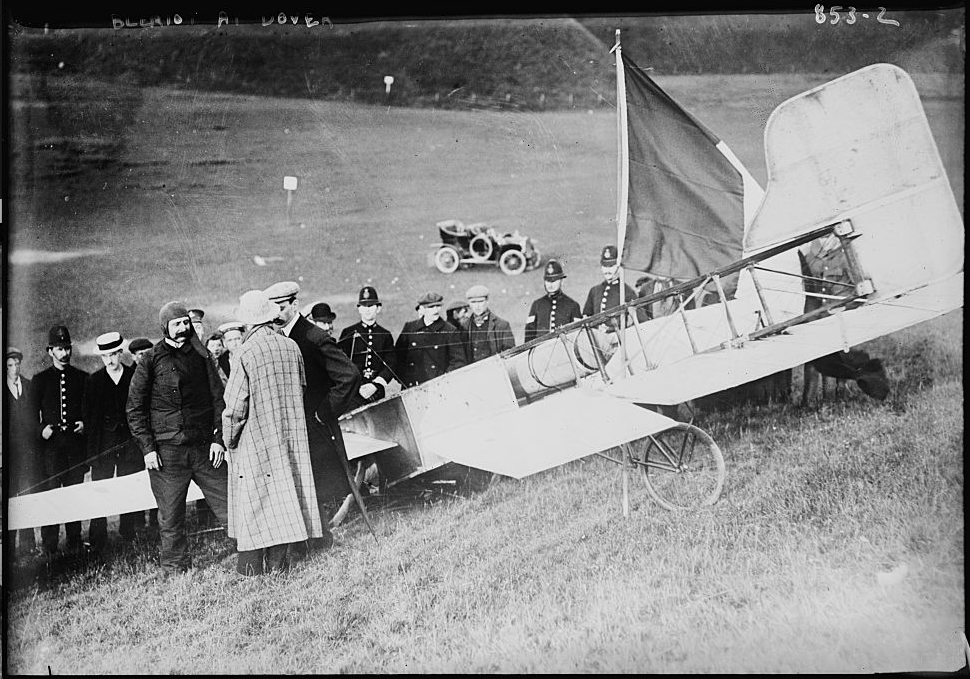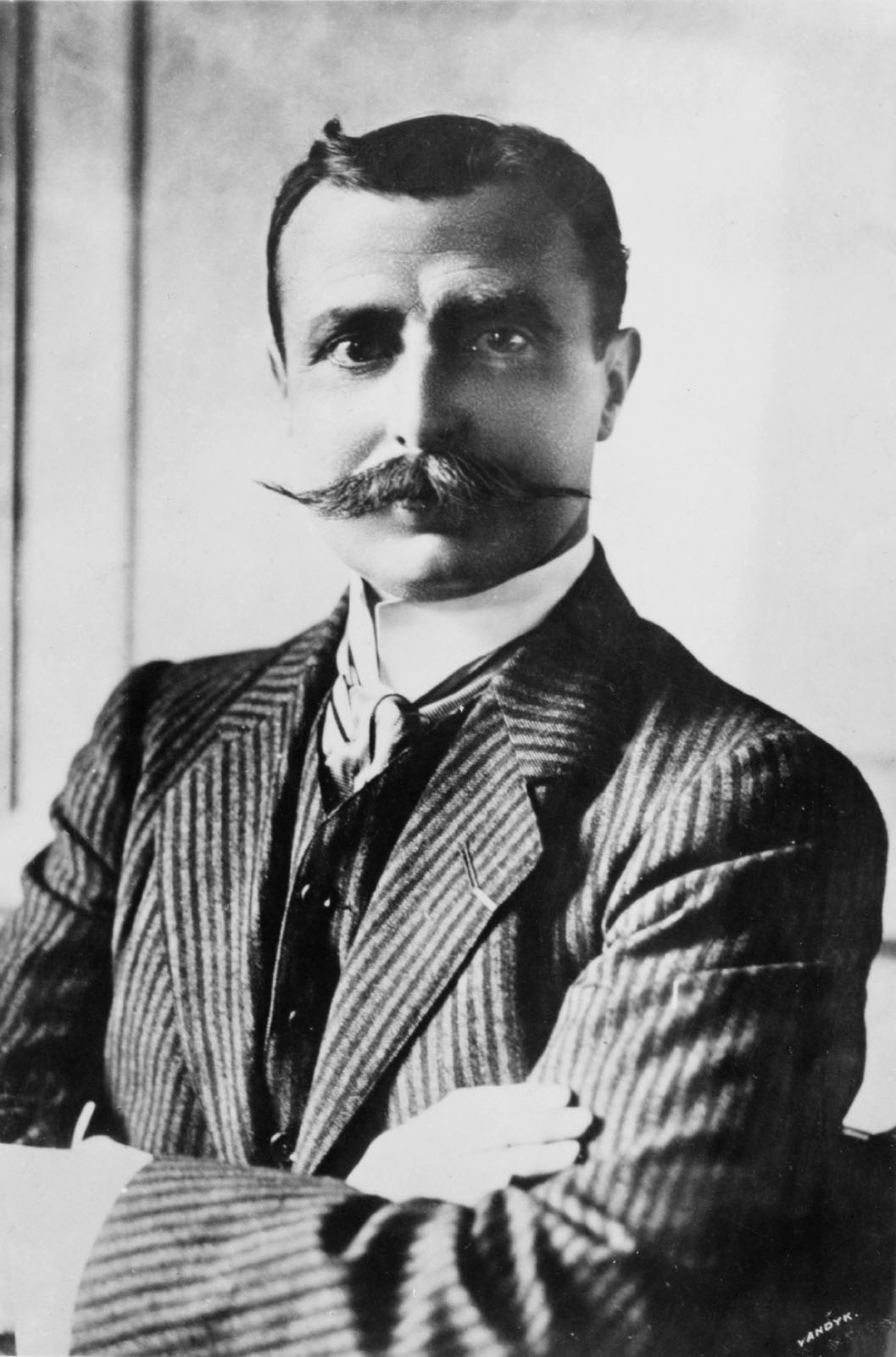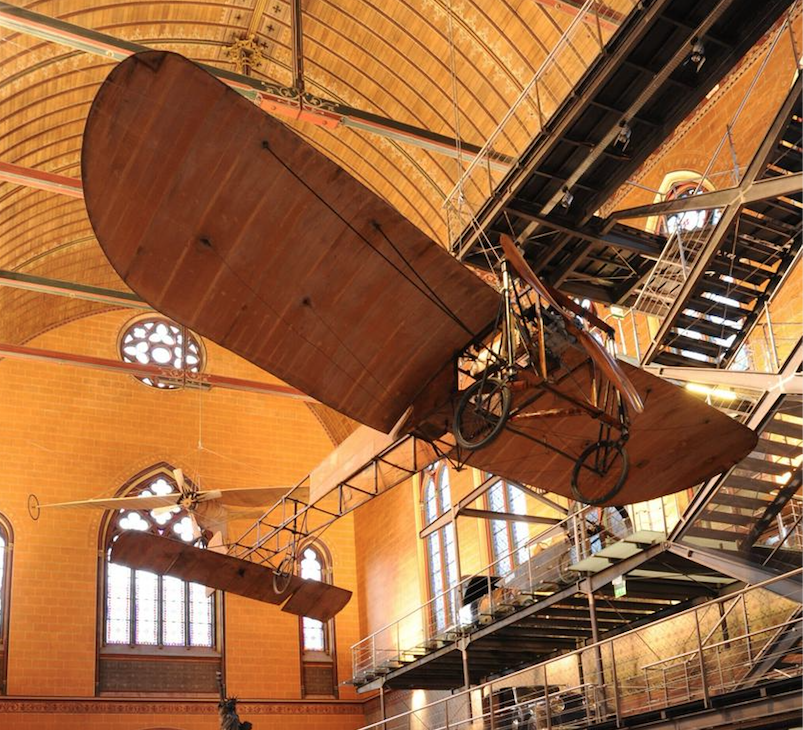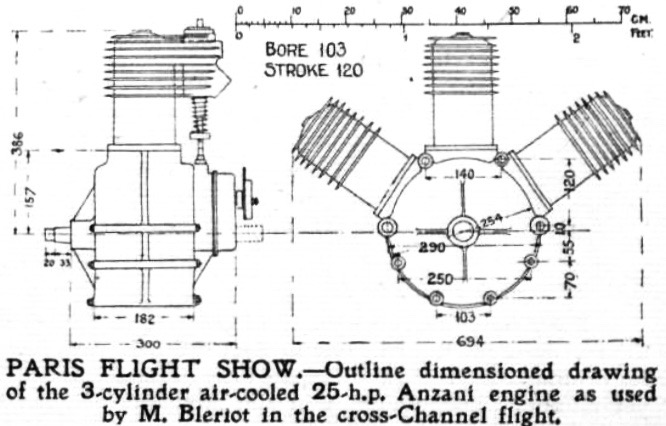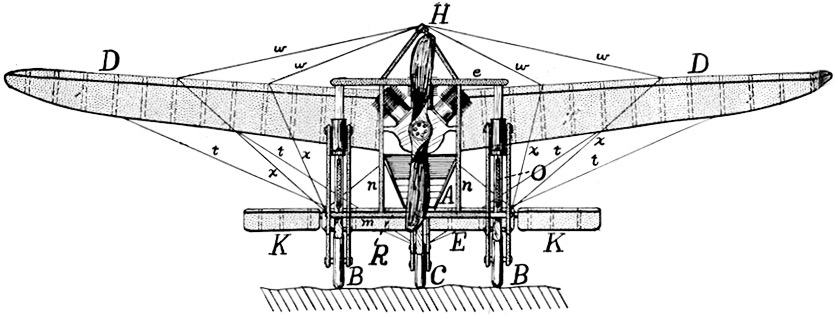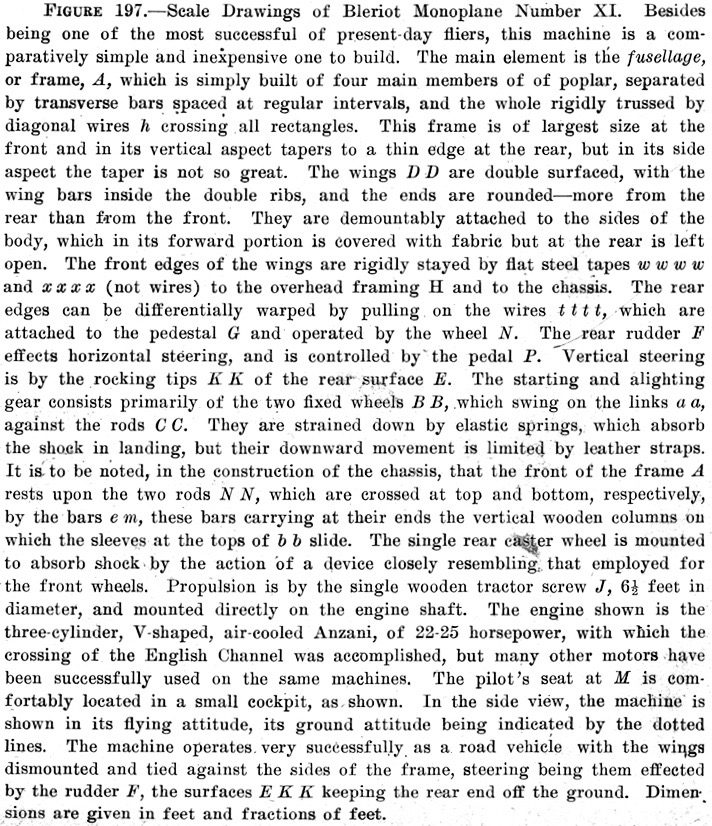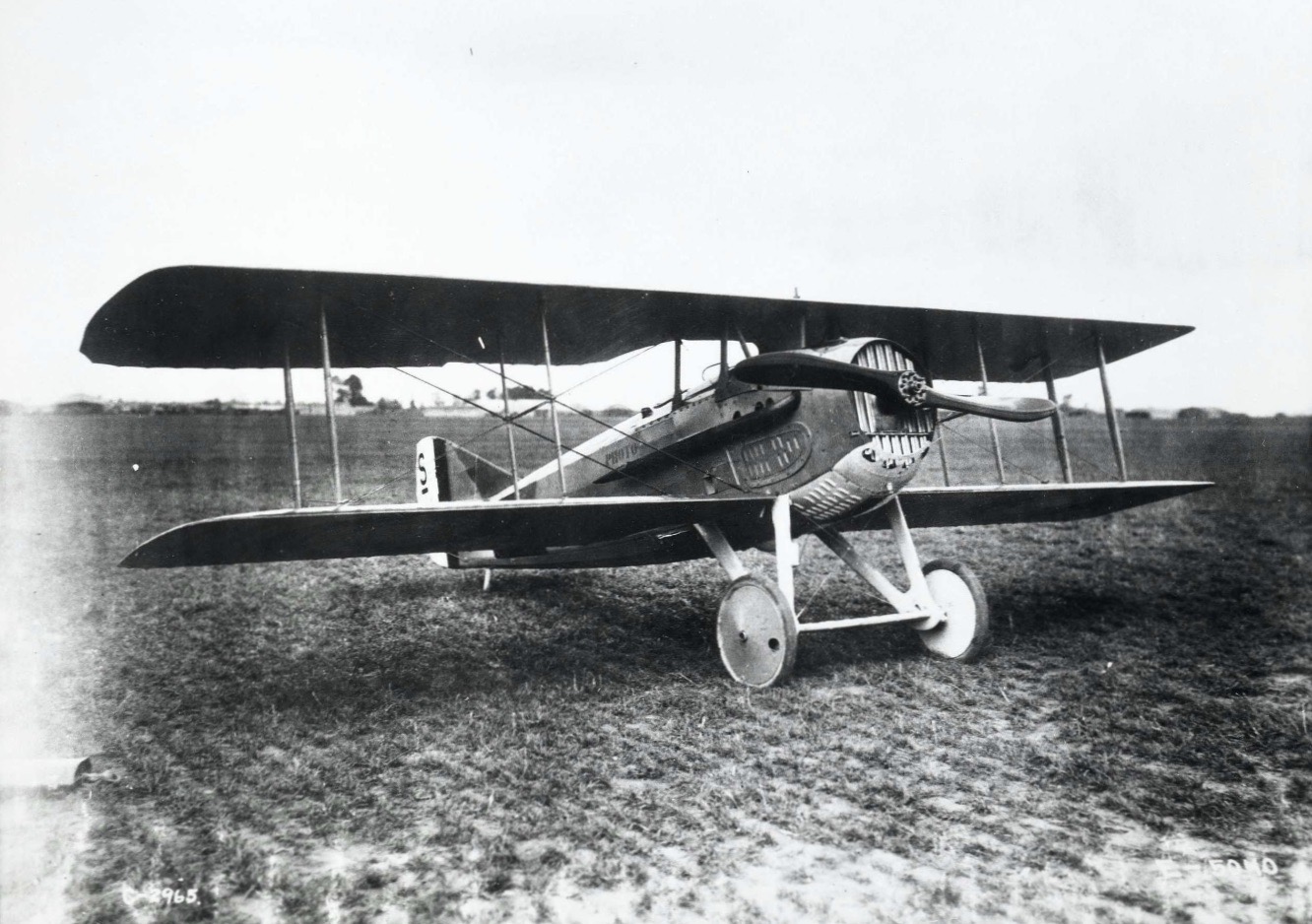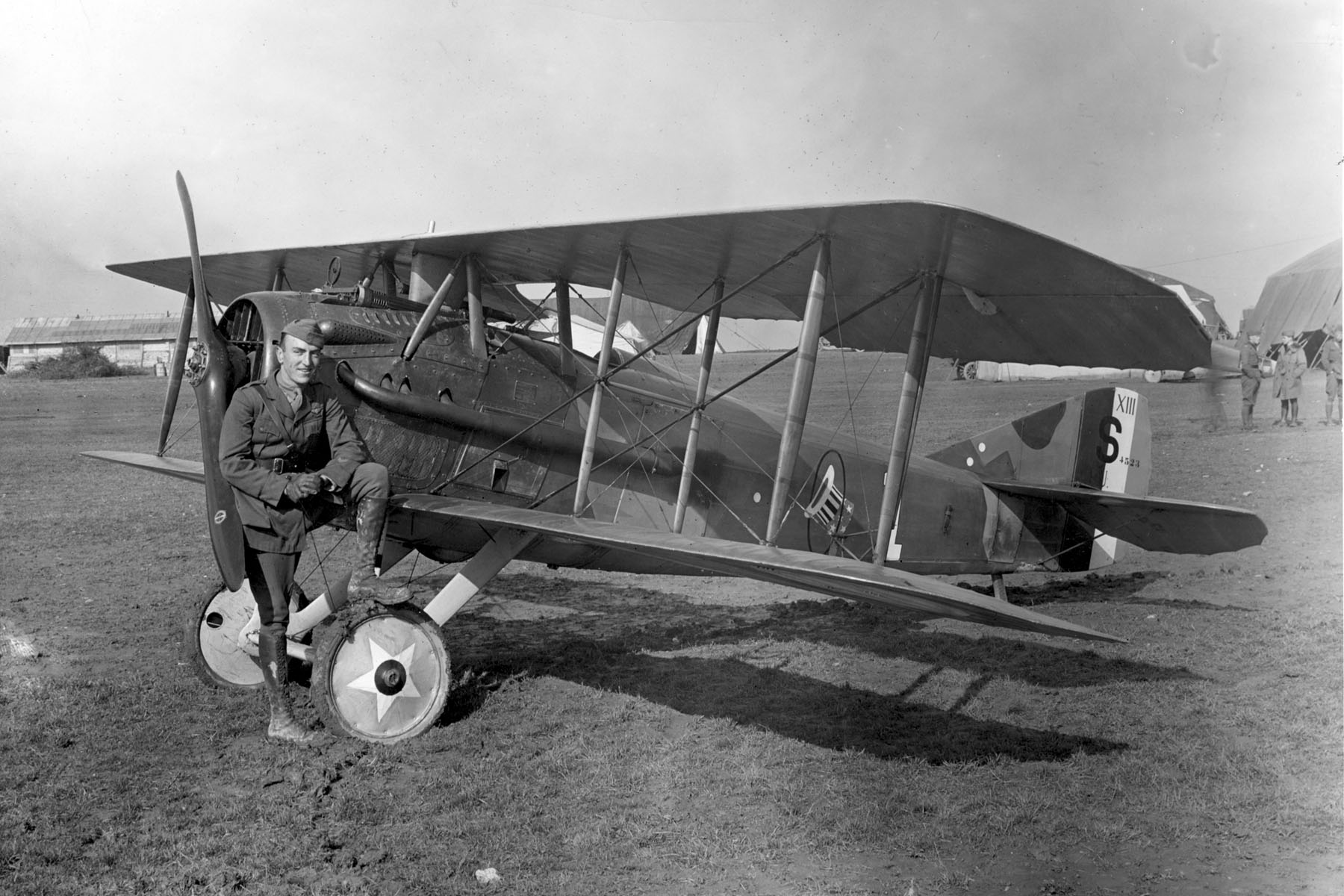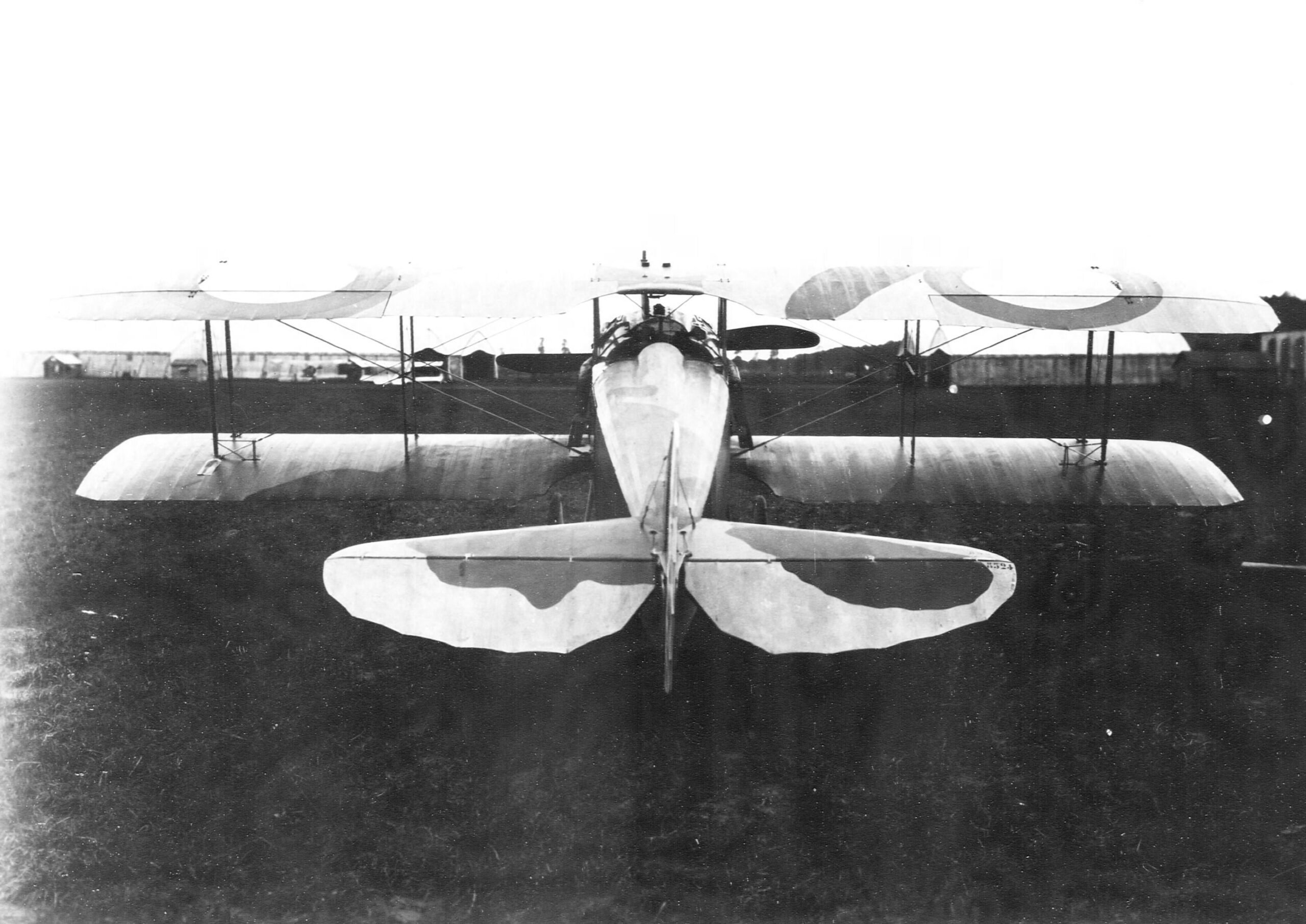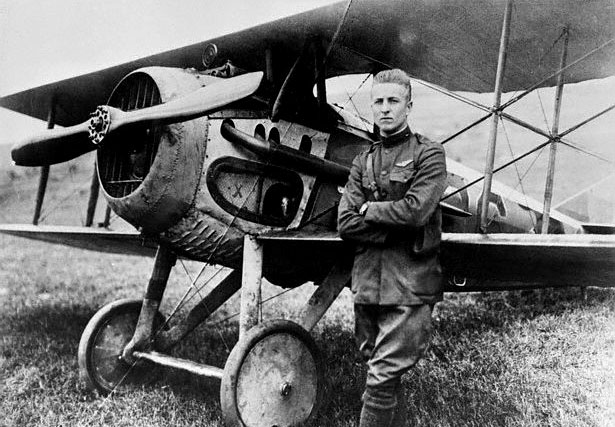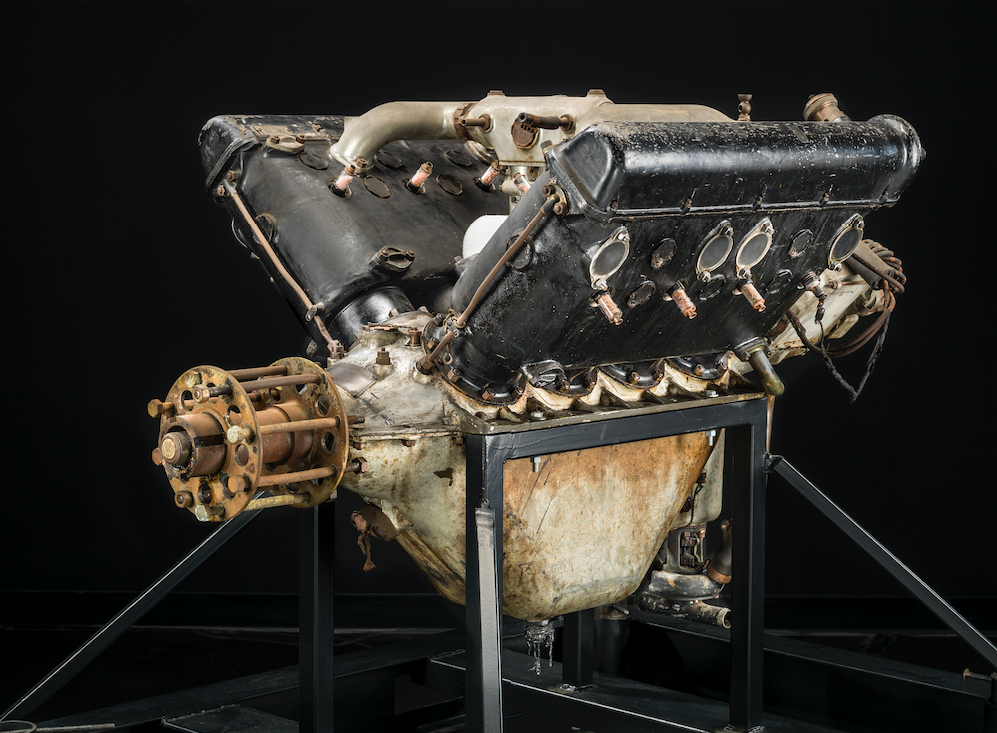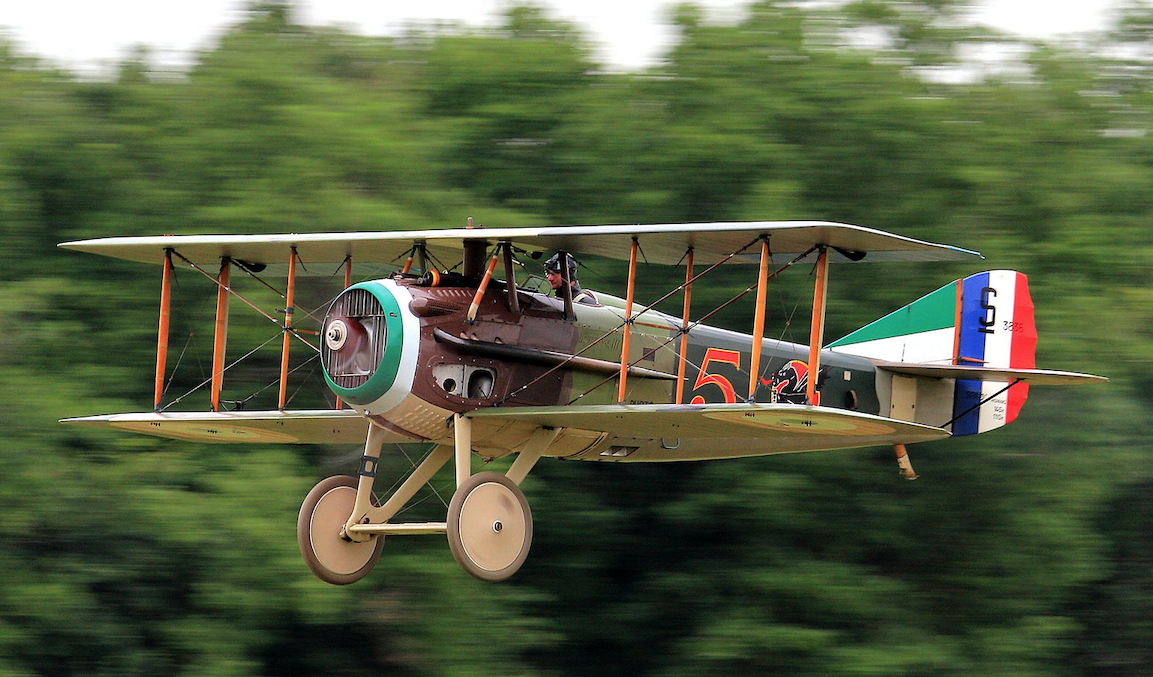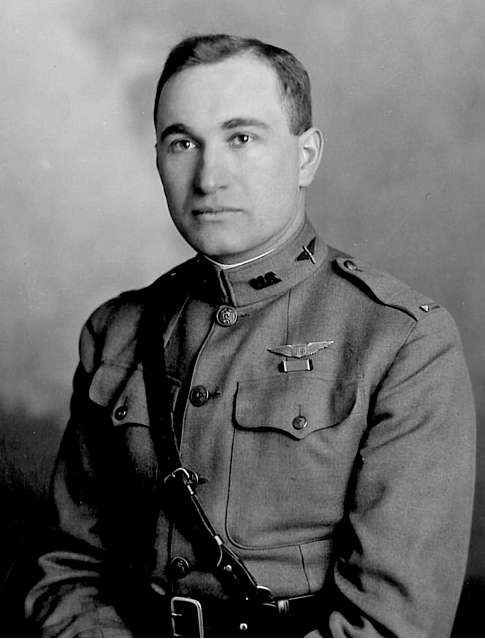
27 October 1918:
MAUGHAN, RUSSELL L.
- First Lieutenant (Air Service), U.S. Army
- Pilot, 139th Aero Squadron, American Expeditionary Forces
- Citation:
-

Distinguished Service Cross The President of the United States of America, authorized by Act of Congress, July 9, 1918, takes pleasure in presenting the Distinguished Service Cross to First Lieutenant (Air Service) Russell L. Maughan, United States Army Air Service, for extraordinary heroism in action while serving with 138th Aero Squadron, U.S. Army Air Service, A.E.F., near Sommerance, France, 27 October 1918. Accompanied by two other planes, Lieutenant Maughan was patrolling our lines, when he saw slightly below him an enemy plane (Fokker type). When he started an attack upon it he was attacked from behind by four more of the enemy. By several well-directed shots he sent one of his opponents to the earth, and, although the forces of the enemy were again increased by seven planes, he so skillfully maneuvered that he was able to escape toward his lines. While returning he attacked and brought down an enemy plane which was diving on our trenches.
- General Orders: War Department, General Orders No. 46 (1919), Amended Supplement 1
- Action Date: October 27, 1918
-
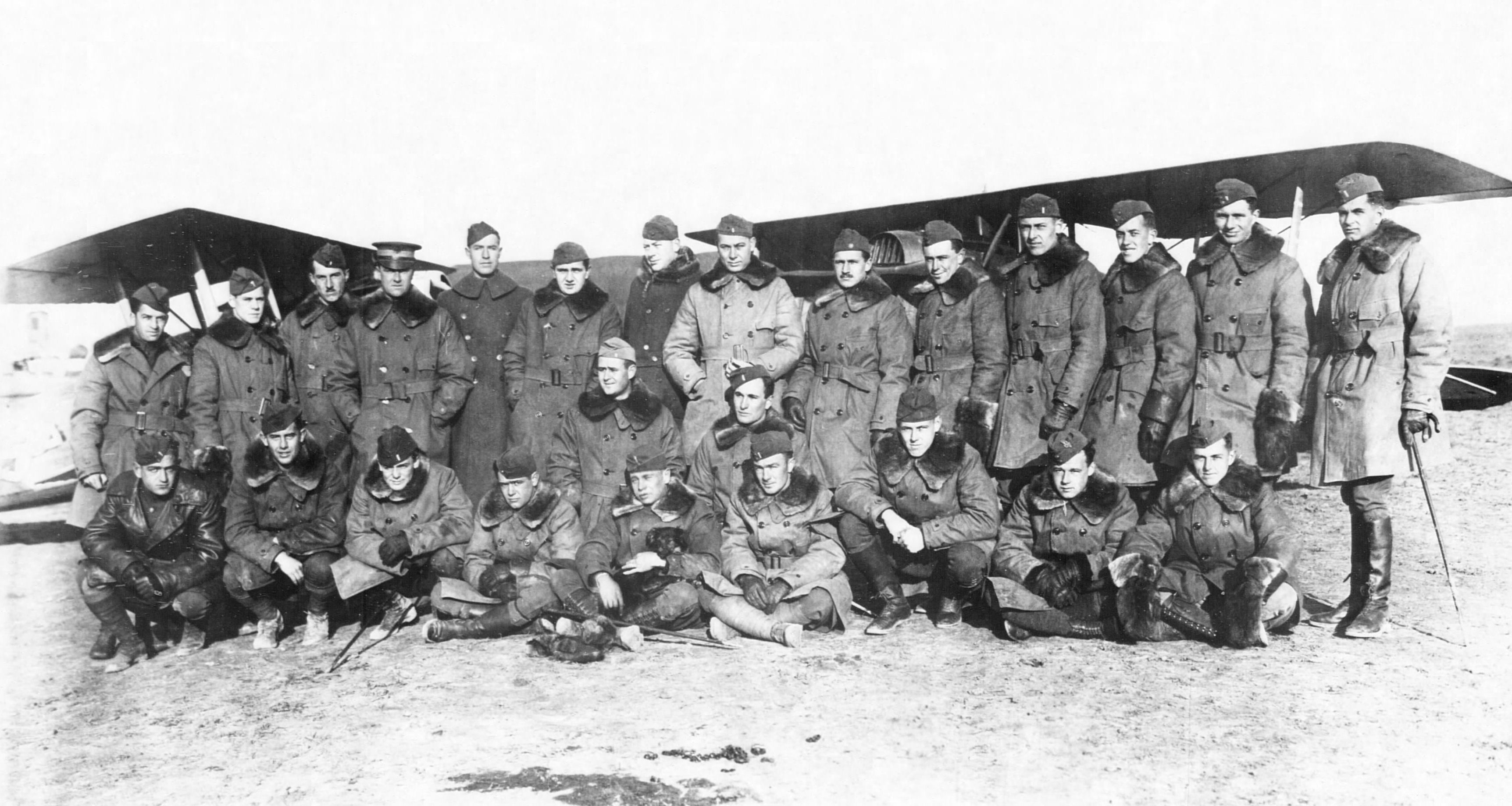
Officers of the 139th Aero Squadron, at Belrain Aerodrome, France, November 1918. 1st Lieutenant Russell L. Maughan is at the center of the photograph, kneeling, in the second row. (U.S. Air Force) Maughan is credited with four enemy aircraft destroyed while flying a SPAD S.XIII C.I fighter.
Russell Lowell Maughan was born at Logan, Utah, 28 March 1893. He was the sixth of eight children of Peter Weston Maughan, an accountant, and Mary Lucinda Naef Maughan. He attended Utah Agricultural College in Logan and graduated with a bachelor of science degree in 1917.
Maughan was commissioned as a second lieutenant in the U.S. Army Signal Officers Reserve Corps, 28 May 1917. He was promoted to first lieutenant, 8 January 1918. This commission was vacated 10 September 1920 and he was appointed a first lieutenant, Air Service, United States Army, retroactive to 1 July 1920.
On 14 August 1919, Maughan married Miss Ila May Fisher at Logan, Utah. They would have three children, but divorced sometime after 1940. His son, Russell L. Maughan, Jr., would become an cadet at the United States Military Academy (West Point) and be commissioned as an officer in the U.S. Air Force.
Following the War, Lieutenant Maughan became a test pilot at McCook Field, Ohio. In 1921, he was reassigned to the 91st Observation Squadron, based at the Presidio of San Francisco.
On 14 October 1922, Rusell Maughan won the Pulitzer Trophy Race at Selfridge Field, near Mount Clemens, Michigan, before a crowd of 200,000 spectators. He set two World Speed Record during the race with his Curtiss R-6: 330.41 kilometers per hour (205.31 miles per hour) over a distance of 100 kilometers,¹ and 331.46 kilometers per hour (205.96 miles per hour) over a distance of 200 kilometers).² On 29 March 1923, he set another World Speed Record, 380.75 kilometers per hour (236.587 miles per hour),³ again flying a Curtiss R-6.
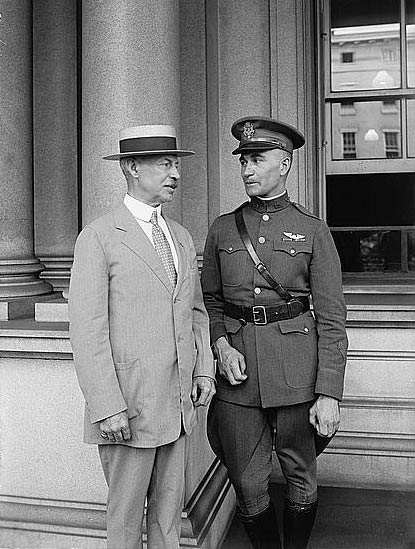
Major General Mason Patrick, Chief of the Air Service, with Lieutenant Russell L. Maughan, 8 July 1924. (Library of Congress) On 23 June 1924, Lieutenant Maughan flew a Curtiss PW-8 Hawk from Mitchel Field, Long Island, New York, to the Presidio of San Francisco on the west coast of California, in an elapsed time of 21 hours, 47 minutes including refueling stops enroute. This was the “Dawn-to-Dusk Flight.” For this transcontinental flight, Maughan was awarded the Distinguished Flying Cross.
On 1 October 1930, Maughan was promoted to captain. He served in the Philippine Islands from 1930 to 1935, acting as an advisor to the government until 1932. From 1932 to 1935, he served as the post operations officer. He and his family lived in Manila. They returned to the United States aboard SS Columbus, a Norddeutscher Lloyd passenger liner, arriving at New York City from Southampton, 18 August 1935.
Captain Maughan served as an aviation advisor to the governor general of the Philippine Islands, from 1935 to 1939. On 16 June 1936, Captain Maughan was promoted to major (temporary). That rank was made permanent 12 June 1939. He was promoted to lieutenant colonel, 11 March 1940. Just prior to World War II, Lieutenant Colonel Maughan was sent on a survey tour to identify suitable locations for airfields in Greenland.
During World War II, Lieutenant Colonel Maughan commanded the 60th Troop Carrier Group, a Douglas C-47 unit, 1941–42, and then, with the rank of colonel, he commanded the 51st Troop Carrier Wing during Operation Torch, the Allied invasion of North Africa.
On 25 October 1946, Colonel Maughan married Lois Rae Roylance at Las Vegas, Nevada. She was 21 years his junior. They lived in Portland, Oregon.
Colonel Maughan later commanded Lemoore Army Airfield, California, and Portland Air Force Base, Oregon.
Maughan was discharged from the U.S. Air Force, 30 November 1947, at the U.S. Army Hospital at Valley Forge, Pennsylvania. He died at the U.S. Air Force Hospital, Lackland Air Force Base, San Antonio, Texas, 21 April 1958, at the age of 65 years. He was buried at the Logan City Cemetery, Logan, Utah.
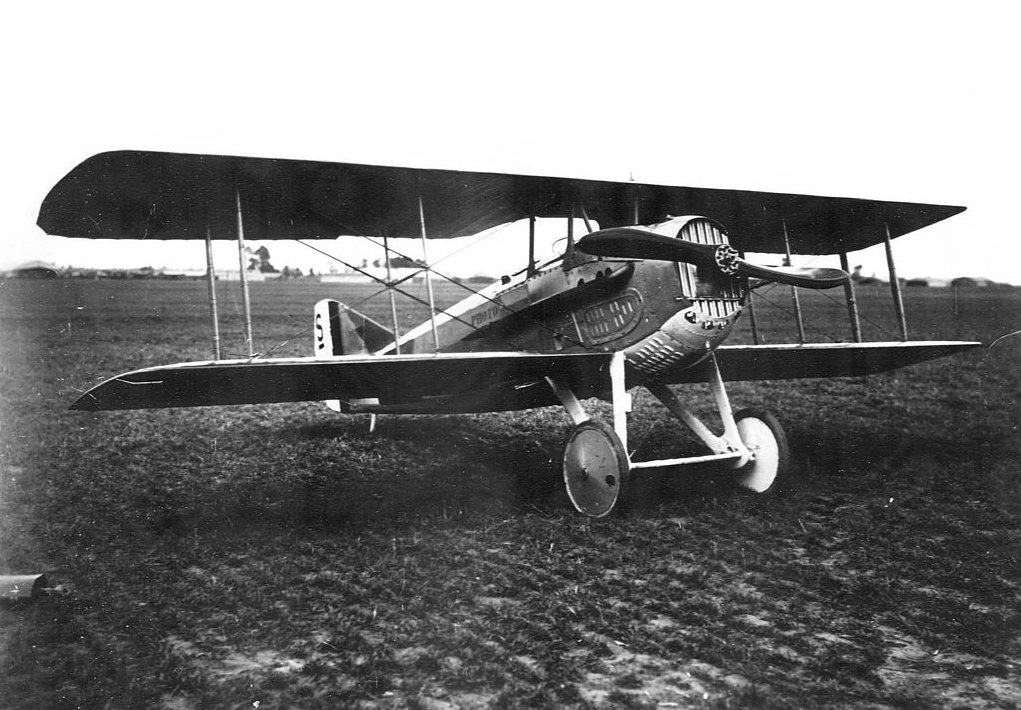
SPAD S.XIII at Air Service Production Center No. 2, Romorantin Aerodrome, France, 1918. (U.S. Air Force) The Société Pour L’Aviation et ses Dérivés SPAD S.XIII C.1 was a single-seat, single-engine, two-bay biplane designed by Technical Director Louis Béchéreau. The chasseur was first flown by René Pierre Marie Dorme, 4 April 1917. It was constructed of a wooden framework and covered with doped fabric. Sheet metal panels covered the engine and cockpit.
The SPAD S.XIII was 20 feet, 4 inches (6.198 meters) long with the wings having an equal span of 26 feet, 3¾ inches (8.020 meters). It had an overall height of 7 feet, 6½ inches (2.299 meters). The total wing area was 227 square feet (21.089 square meters). The wings each had a chord of 4 feet, 7-1/8 inches (1.400 meters) with 0° dihedral and 1¼° stagger. The vertical gap between the upper and lower wings was 3 feet, 10½ inches (1.181 meters). The upper wing had a 1½° angle of incidence; the lower wing had 1° angle of incidence. There were ailerons on the upper wing only. They had a span of 7 feet, 3½ inches (2.222 meters) and chord of 1 foot, 7½ inches (0.495 meters). The horizontal stabilizer span was 10 feet, 2 inches (3,099 meters. Its maximum chord was 1 foot, 8¾ inches (0.527 meters). The vertical fin height was 2 feet, 7/8-inch (0.876 meters) and it was 3 feet, 11¼ inches (1.200 meters) long at the base. The rudder was 3 feet, 10-5/8 inches (1.184 meters) high with a maximum chord of 2 feet, 2 inches (0.660 meters).
The airplane had fixed wheeled landing gear which used rubber cords (bungie cords) for shock absorption. The wheel track was 4 feet, 10¾ inches (1.492 meters). A fixed skid was used at the tail.
The the S.XIII had an empty weight of 1,464 pounds (663 kilograms) and maximum takeoff weight of 1,863 pounds (845 kilograms).
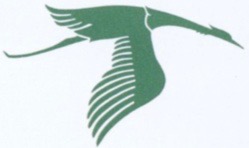 The SPAD S.XIII C.1 was powered by a water-cooled, normally-aspirated 11.762 liter (717.769-cubic-inch-displacement) left-hand tractor ⁴ Hispano-Suiza 8B single-overhead-cam 90° V-8 engine, with a 5.3:1 compression ratio. The engine drove a fixed-pitch two-bladed laminated wood propeller through a 0.75:1 gear reduction. The Hispano-Suiza 8B was rated at 235 cheval vapeur (231.8 horsepower) at 2,300 r.p.m. It was 1.36 meters (4 feet, 5.5 inches) long, 0.86 meters (2 feet, 9.9 inches) wide, and 0.90 meters (2 feet, 11.4 inches) high. It weighed 236 kilograms (520.3 pounds).
The SPAD S.XIII C.1 was powered by a water-cooled, normally-aspirated 11.762 liter (717.769-cubic-inch-displacement) left-hand tractor ⁴ Hispano-Suiza 8B single-overhead-cam 90° V-8 engine, with a 5.3:1 compression ratio. The engine drove a fixed-pitch two-bladed laminated wood propeller through a 0.75:1 gear reduction. The Hispano-Suiza 8B was rated at 235 cheval vapeur (231.8 horsepower) at 2,300 r.p.m. It was 1.36 meters (4 feet, 5.5 inches) long, 0.86 meters (2 feet, 9.9 inches) wide, and 0.90 meters (2 feet, 11.4 inches) high. It weighed 236 kilograms (520.3 pounds).- The SPAD’s main fuel tank was behind the engine, with a gravity feed supply tank in the upper wing. The total fuel total capacity was about 30 gallons (114 liters). This was sufficient for two hours endurance at full throttle at 10,000 feet (3,048 meters), including climb.
- The SPAD XIII had a maximum speed at Sea Level of 131.5 mph (211.6 kilometers per hour) at 2,300 rpm; and 105 mph (169 kilometers per hour) at its service ceiling of 18,400 feet (5,608 meters), at 2,060 r.p.m. The airplane’s absolute ceiling was 20,000 feet (6,096 meters).
- The fighter was armed with two fixed, water-cooled, .303-caliber Vickers machine guns, or two air-cooled .30-caliber Marlin M1917 or M1918 aircraft machine guns, with 400 rounds of ammunition per gun, synchronized to fire forward through the propeller arc.
- According to a report by the National Aeronautics and Space Administration,
- . . .the SPAD XIII had the most favorable power loading of any of the aircraft considered and a high (for its day) wing loading. These characteristics coupled with a relatively low zero-lift drag coefficient and low drag area gave the SPAD the highest speed of any of the aircraft listed in the table. As shown by the data in figure 2.18, the climb characteristics of the SPAD were bettered only by three of the Fokker aircraft.
A total of 8,742 S.XIII C.1 fighters were built by nine different manufacturers. Only one, Société Kellner Frères Constructeurs serial number 4377, the oldest existing original airplane, is in flyable condition. It is in the collection of the Memorial-Flight Association at L’aérodrome de La Ferté-Alais (LFFQ)
-
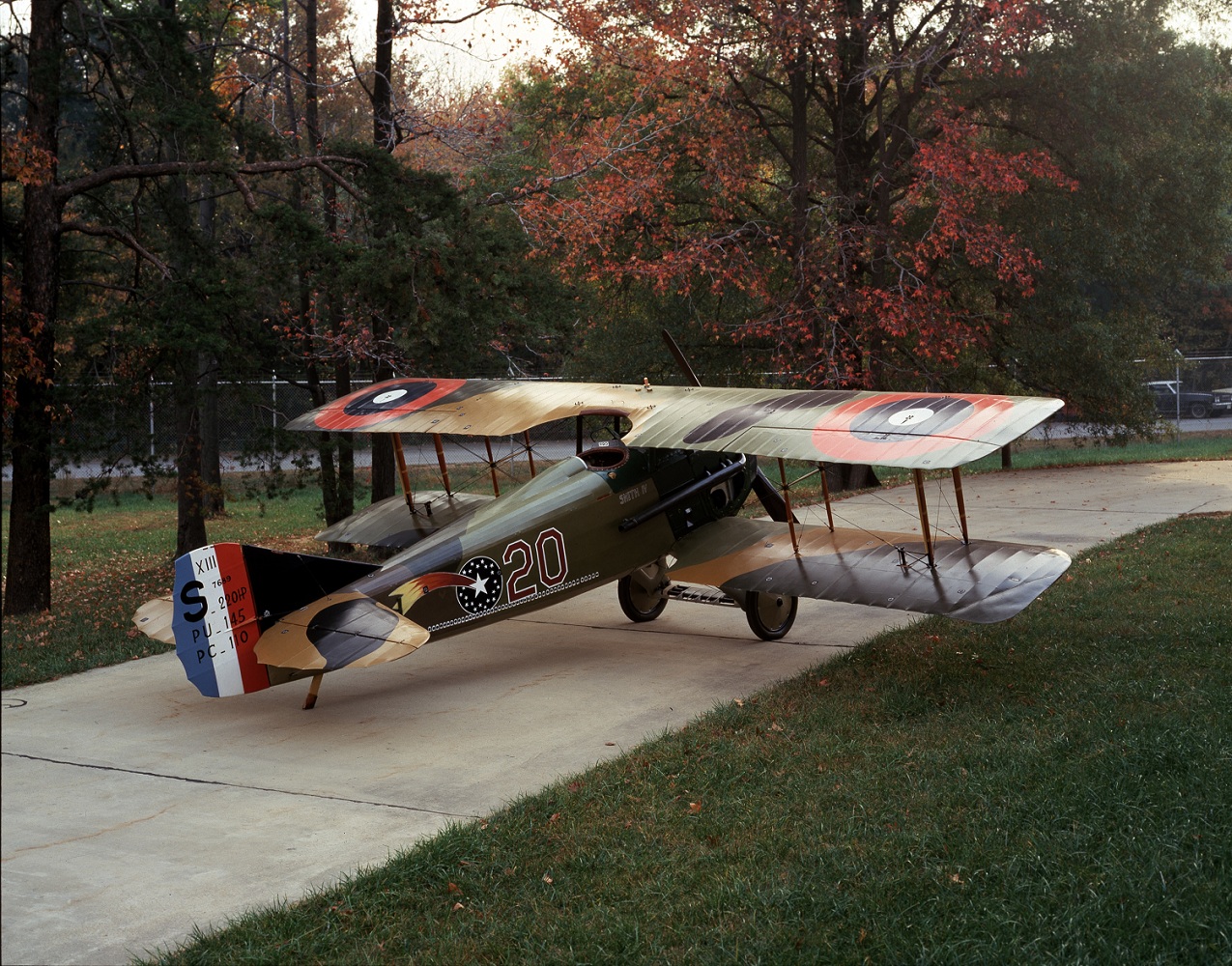
The same type fighter flown by Lt. Maughan on 27 October 1918, this is SPAD S.XIII C.1 serial number 7689, Smith IV, after restoration at the Paul E. Garber Center, Smithsonian Institution National Air and Space Museum. (NASM) ¹ FAI Record File Number 15195
² FAI Record File Number 15196
³ FAI Record File Number 15194
⁴ The propeller rotates clock-wise, as seen from the front of the airplane.
© 2017, Bryan R. Swopes
